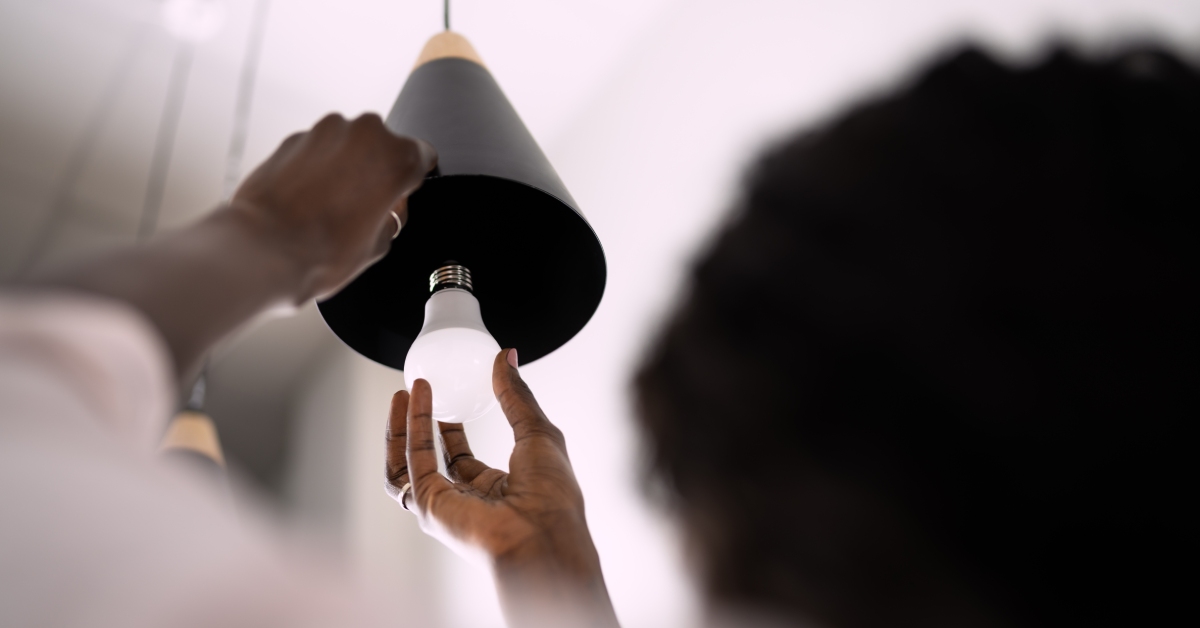Troubleshooting 4 Common LED Lighting Issues

LED lights are shining bright in today’s homes and businesses, offering energy efficiency and long-lasting use. However, like any technology, they aren’t perfect. When problems arise, don’t stress. We’re here to help with troubleshooting common LED lighting issues.
Issue 1: Flickering Lights
Flickering LED lights are annoying and can indicate several problems. One common cause is a loose connection or a faulty dimmer switch. Start by checking the light’s connection. Ensure it’s screwed in tightly and there’s no damage to the wiring.
Another potential cause is an incompatible dimmer switch. Many older dimmer switches aren’t designed for LEDs, which is why this is a common LED installation mistake. Make sure to use a dimmer that explicitly states it’s compatible with LED lights.
If neither of these solutions works, consider the possibility of voltage fluctuations in your home or business. These can often be resolved by contacting your electrical provider or hiring an electrician to inspect your system.
Issue 2: Overheating
LED lights are known for staying cool, but they can still overheat if something’s not right. Overheating can reduce the lifespan of your LEDs and even pose a fire risk.
First, ensure your LED lights have adequate ventilation. Avoid using them in enclosed fixtures unless they’re rated for such use. Overheating might also indicate that the wattage is too high. Check the light fixture’s specifications and ensure your LED bulbs don’t exceed the maximum wattage.
If overheating persists, consider switching to lower-wattage bulbs or upgrading to fixtures designed for better heat dissipation.
Issue 3: Light Doesn’t Turn On
When your LED light doesn’t turn on, it can be perplexing. Start by checking the power supply. Ensure the light switch is on and that there is power to the outlet or fixture. Double-check your circuit breaker to ensure it hasn’t tripped.
If the power supply is fine, examine the bulb itself. Make sure it’s securely screwed in. You can also test the LED bulb in a different fixture to see if the bulb is the issue. The LED driver converts AC to DC power, and if it fails, the light won’t work. Replacing the driver is a straightforward fix if you determine it to be the cause.
Lastly, consider any possible wiring issues. Loose or damaged wires can interrupt the power flow. The safest option is to contact a licensed electrician.
Issue 4: Premature LED Bulb Failure
LED bulbs are built to last, but sometimes they fail prematurely. This can happen due to poor installation or subpar quality bulbs. Always invest in high-quality LED bulbs and ensure they’re installed according to the manufacturer’s instructions.
Avoid frequently turning LEDs on and off, as this can shorten their lifespan. Additionally, ensure your light fixtures provide proper ventilation to prevent overheating. Using surge protectors can also prolong the lifespan of your LED bulbs by protecting them from voltage spikes.
Troubleshooting common LED lighting issues doesn’t have to be a headache. Whether you’re dealing with flickering lights, overheating, lights that don’t turn on, or premature bulb failure, these tips will help you keep your LEDs shining bright. Remember, a little maintenance goes a long way.




